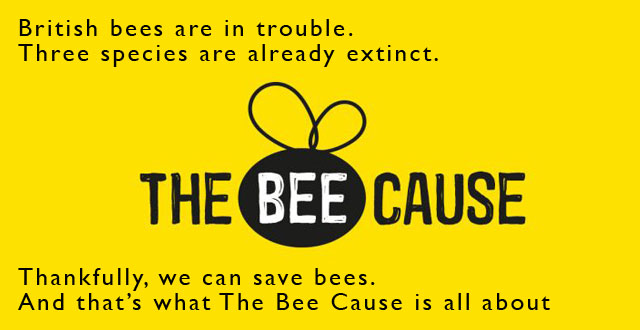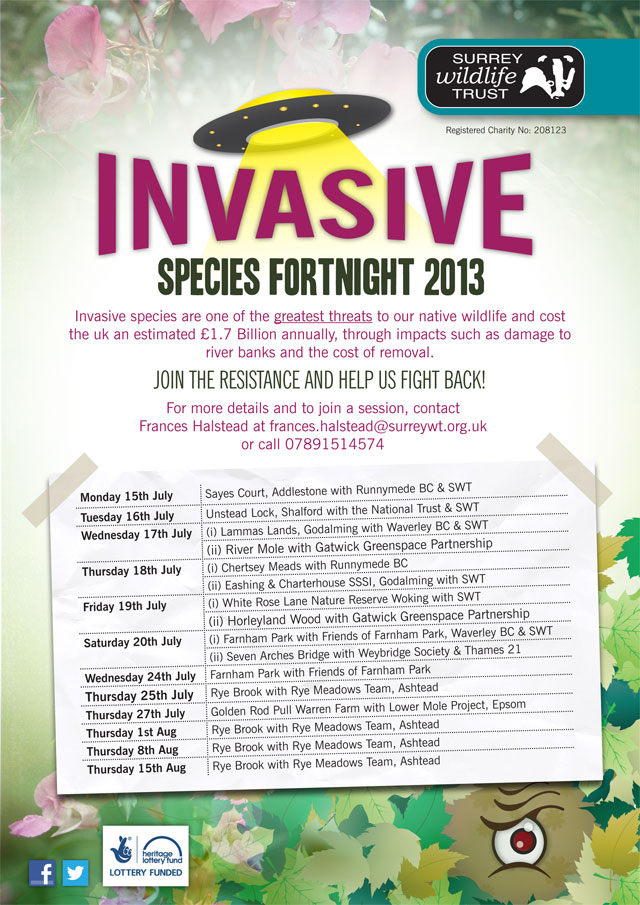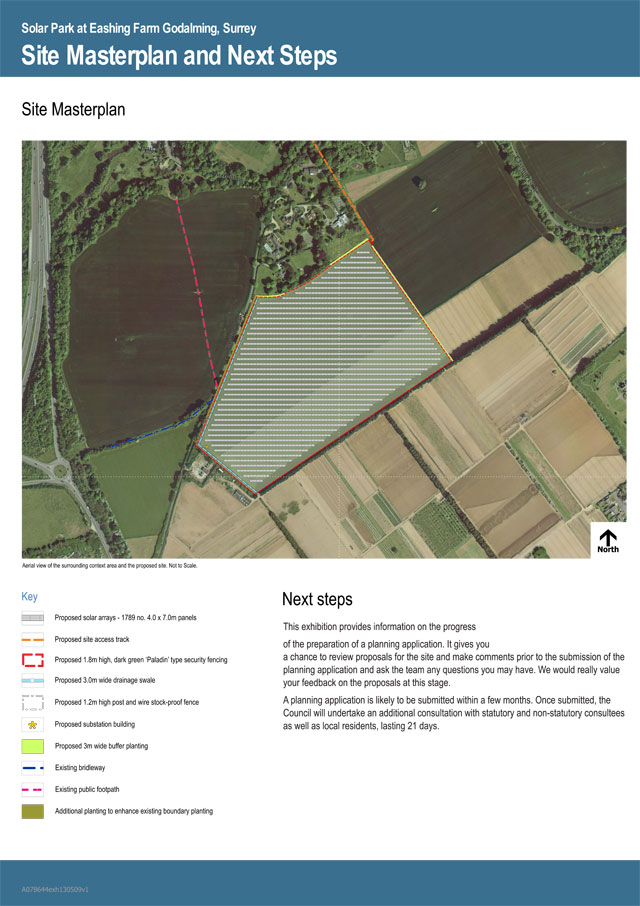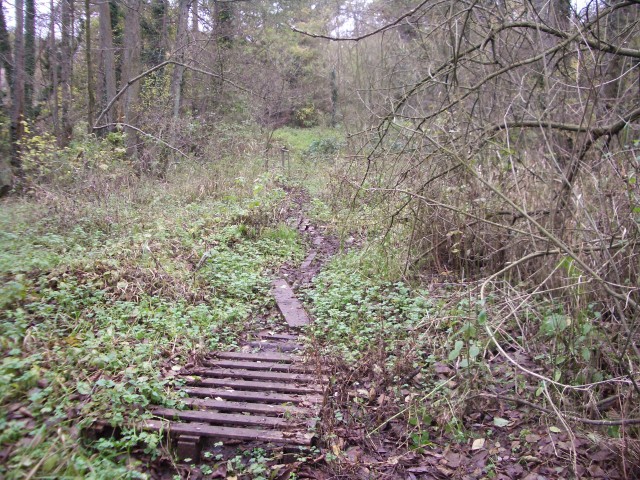4 January 2013
With DEFRA still sitting on the fence while it waits for the results of further research on the impacts of neonicotinoids on both bumble bees and honey bees, we thought we would see if any of the major supermarkets are taking an interest in the subject and are doing anything to address the ‘bee problem’. After all, if food production is hit because insect pollination fails, it will be their profits that suffer.
So, in August 2012 we contacted 4 major supermarket chains (Asda, Waitrose, Sainsbury and Tesco) and asked them all the same question which was:
A campaign is raising awareness of Neonicotinoid-based pesticides, which are harmful to the bee population. I wondered if any of your own brand cereal/bread products etc are farmed using pesticides, and if so, whether they are they contain Neonicotinoids?
In no particular order the responses were
Supermarket Number 1
“Our Pesticide Policy encourages our suppliers to minimise their use of pesticides and employ Integrated Crop Management. Our policy gives clear guidance as to the most appropriate choice of plant protection products for use on crops grown for us to promote protection of both wildlife and the environment.
Whilst there have been studies that show adverse effects of neonicotinoid pesticides on bees, none of these have been replicated in field scale trials and the UK government have not placed any restrictions on their use over and above those already required under legislation. Therefore our stance is to keep a watching brief on any new research and follow government guidelines accordingly.”
Supermarket Number 2
“ I can totally understand your concerns. We are a major food distributor and therefore we have a large supply base. I can confirm that our own brand products in this area are supplied by a company who don’t use any neonicotinoids.”
Supermarket Number 3
“Our ‘Nurture’ farm assurance scheme aims to deliver world-class quality fruit and vegetables for our customers. The scheme assures our customers that we know who grows our fruit and vegetables, that they are produced in a way that isn’t harmful to the environment and includes the sustainable management of natural resources.
As part of these standards, we screen every pesticide before it is allowed on our products, assessing the pesticide against legal compliance, worker welfare, environmental damage and bee health. We are one of the only major retailers to ask for extra controls on pesticides that may have an adverse effect on local bee populations. The pesticides used on our own brand produce are controlled by the Global Gap farm assurance schemes.
We are aware of recent reports that suggest that neonicotinoids may have an adverse effect on bee health, and the majority of our seed treatments do not use neonicotinoids. We have already been in dialogue with Defra on this issue, and we will continue to monitor and be guided by the latest scientific research on neonicotinoids.”
Supermarket Number 4
“ The use of pesticides is strictly regulated in the UK & Europe with legal approvals for individual crop types and specific uses. These approvals are based on human safety & environmental impact assessments, including the impact on bees and other beneficial insects.
In the UK only a few of the chemicals in the neonicotinoid family have approval for use on cereals and then only as seed treatments. This means they can only be applied to the seed prior to planting out and no further applications are permitted in the field.
We have recognised the huge importance of protecting and promoting bee populations and we are taking proactive steps in developing the understanding of this complex issue. For the past three years we have been supporting the University of Sussex in a long-term programme to understand bee behaviour and identifying measures to improve bee health. We are also engaged in a number of other research projects looking at the wider issue of pollinators and biodiversity.
In parallel with our own funded research, we are monitoring closely the studies by various Government and non Governmental organisations internationally, including Friends of the Earth, which are looking at the wider environmental impact assessment of pesticides, the impact of neonicotinoids specifically and better understanding bee health in general.”
Now we would like you to guess which supermarket said what – without resorting to google! We tried this at a local group meeting and so far nobody has got them all right! We will publish the answers in the next newsletter, if not before.
Rob Palgrave and Fran Hutchinson

















